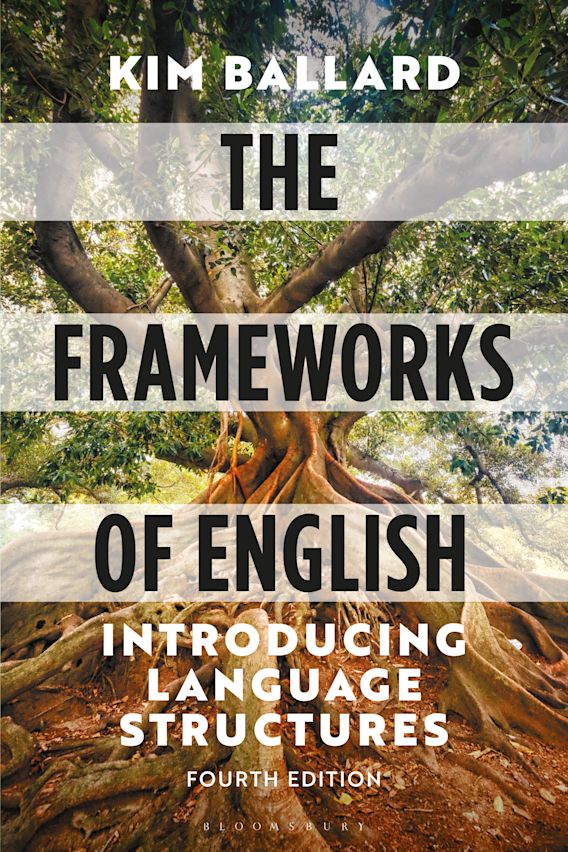



johndoe@gmail.com
Are you sure you want to reset the form?
Your mail has been sent successfully
Are you sure you want to remove the alert?
Your session is about to expire! You will be signed out in
Do you wish to stay signed in?
Question 1 (Consolidate)
As we saw in Section 4.6 and Table 4.3, there are various patterns of irregular verbs in English. For each of the following verbs, identify the -ed past tense form and the -ed participle form:
begin, blow, cut, dig, freeze, go, hit, keep, send, sew, shut, swell, take, teach
Question 2 (Consolidate)
Group the above verbs according to their patterns of irregularity and explain your groupings.
Answers/ discussion for Qs 1 and 2
A broad grouping is as follows:
| Pattern | Base form | Past tense | -ed participle |
| regular past tense; irregular -ed participle | sew swell | sewed swelled | sewn swollen |
| past tense and -ed participle both irregular and they take the same form | dig keep send teach | dug kept sent taught | dug kept sent taught |
| past tense and -ed participle both irregular and they take different forms | begin blow freeze go take | began blew froze went took | begun blown frozen gone taken |
| all three forms are the same | cut hit shut | cut hit shut | cut hit shut |
Further subdivisions are possible. For instance, in the second group, kept, sent and taught have -ed-like inflections, but with kept and sent also involving a vowel change. Dug is the result of a vowel change only. In the third group, a distinction could again be made between begin which has vowel changes only and blow, freeze, and take, which show vowel changes as well as the use of the -en inflection. (Go is distinctive in terms of the suppletive form went.) In fact, irregular verbs are often divided into seven categories. You can find out more about these in Sidney Greenbaum’s (1996) Oxford English Grammar.
Question 3 (Explore)
A significant number of verbs have both regular and irregular forms for the past tense and/or the -ed participle. Use the following examples to think about which option you would be likely to use and what factors might influence speakers’ choices.
| base | regular/irregular past tense | regular/irregular -ed participle |
| burn | burned/burnt | burned/burnt |
| dream | dreamed/dreamt | dreamed/dreamt |
| hang | hanged/hung | hanged/hung |
| light | lighted/lit | lighted/lit |
| sew | sewed/- | sewed/sewn |
| show | showed/- | showed/shown |
| spell | spelled/spelt | spelled/spelt |
| strive | strived/strove | strived |
| swell | swelled/- | swelled/swollen |
| wake | waked/woke | waked/woken |
Answer/discussion
Speakers won’t necessarily make conscious choices between two available forms or be consistent in their usage. For some forms, such as burned/burnt, they may use both freely, especially because they’re so similar in pronunciation. Different meanings can sometimes influence the choice: compare We lit a bonfire with The full moon lighted our way home through the forest, where the first example means ‘cause to burn’ and the second ‘bring light to’. Also, lighted feels old-fashioned and even poetic. The forms hanged and hung are also selected according to meaning, with hanged being used specifically for bringing about death by hanging. Verbs which are used infrequently, such as strive, might cause speakers to use the regular, more familiar form: I strived to do my best rather than I strove. Regional preferences may also exist: spelled, for example, is the preferred American English form, spelt the British.

.